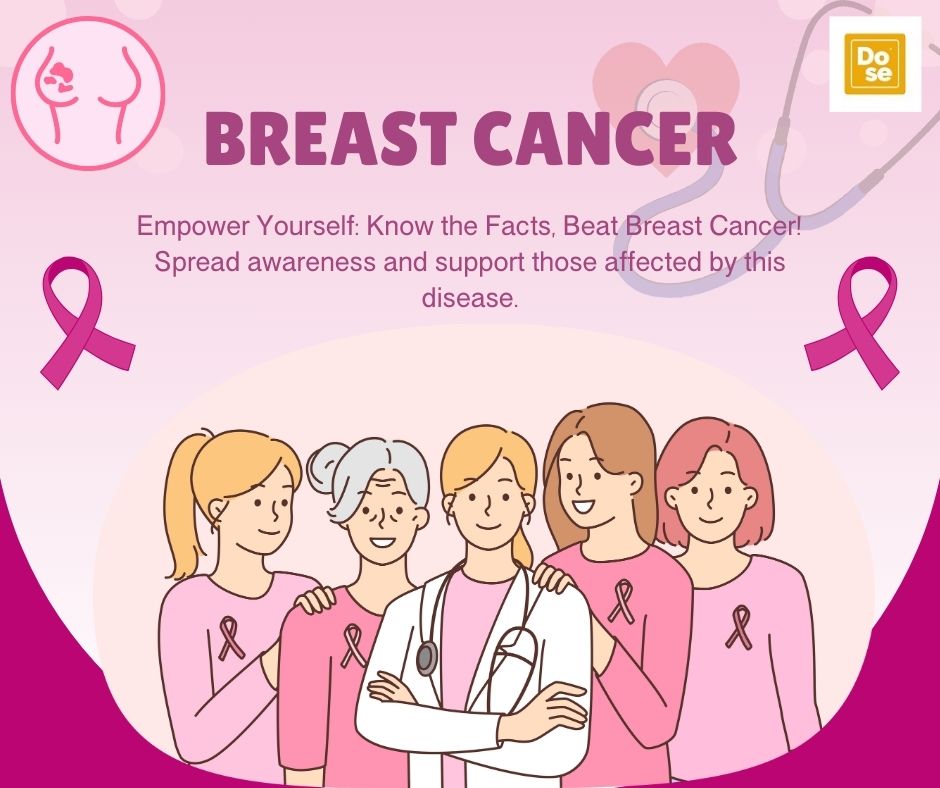Breast cancer remains one of the most common cancers affecting women globally. Early detection through regular screening is crucial for improving treatment outcomes and survival rates. However, navigating the various breast cancer screening guidelines can be challenging due to differing recommendations from health organizations. This article aims to clarify these guidelines and provide women with essential information to make informed decisions about their health. buy raloxifene online best pill for breast cancer.
Understanding Breast Cancer Screening
Breast cancer screening involves checking a woman’s breasts for cancer before there are signs or symptoms of the disease. The primary methods for screening include mammograms, clinical breast exams, and self-exams. Each method has its benefits and limitations, and the choice of screening tool often depends on individual risk factors and preferences.
Mammograms
Mammograms are X-ray images of the breast and are considered the gold standard for breast cancer screening. They can detect tumors that are too small to be felt and can also identify abnormal areas in the breast that may require further investigation. There are two types of mammograms: screening and diagnostic. Screening mammograms are routine tests for women without symptoms, while diagnostic mammograms are used when there are signs of breast cancer, such as a lump or nipple discharge.
Clinical Breast Exams and Self-Exams
Clinical breast exams are performed by healthcare professionals who check for lumps or other changes. Self-exams involve women examining their own breasts for any changes. While these methods can help in detecting cancer, they are less effective than mammograms in finding early-stage breast cancers.
Screening Guidelines by Age and Risk Factors
The recommendations for breast cancer screening vary by age and risk factors. Here’s a breakdown of guidelines from major health organizations:
Women Aged 40-49
- American Cancer Society (ACS): Women aged 40-44 should have the choice to start annual mammograms if they wish. Women aged 45-49 should get mammograms every year.
- U.S. Preventive Services Task Force (USPSTF): Recommends that women in their 40s make an individual decision about when to start screening, considering their health history and preferences.
- National Comprehensive Cancer Network (NCCN): Recommends annual mammograms starting at age 40. raloxifene 60 mg tablet for all age.
Women Aged 50-74
- American Cancer Society (ACS): Women aged 50-54 should get mammograms every year. Women 55 and older can switch to mammograms every two years or continue yearly screening.
- U.S. Preventive Services Task Force (USPSTF): Recommends mammograms every two years for women aged 50-74.
- National Comprehensive Cancer Network (NCCN): Continues to recommend annual mammograms.
Women Aged 75 and Older
- American Cancer Society (ACS): Screening should continue as long as a woman is in good health and expected to live 10 more years or longer.
- U.S. Preventive Services Task Force (USPSTF): States that there is insufficient evidence to assess the benefits and harms of screening in women aged 75 and older.
- National Comprehensive Cancer Network (NCCN): Suggests continuing screening based on individual health status and physician recommendation.
High-Risk Women
Women at high risk for breast cancer (due to factors such as a family history of the disease, genetic mutations like BRCA1 or BRCA2, or previous chest radiation therapy) may need more intensive screening. Recommendations for high-risk women include:
- MRI: In addition to annual mammograms, an annual MRI is recommended for high-risk women starting at age 30.
- Clinical Breast Exams: More frequent clinical breast exams may be suggested, typically every 6-12 months.
Benefits and Risks of Screening
Benefits
- Early Detection: Screening can detect cancer early, when it is most treatable.
- Reduced Mortality: Regular mammograms have been shown to reduce breast cancer mortality in women aged 40-74.
- Reassurance: Regular screening can provide peace of mind for women, knowing they are taking proactive steps for their health.
Risks
- False Positives: Mammograms can sometimes show abnormalities that are not cancer, leading to additional tests and anxiety.
- Overdiagnosis: Screening may detect cancers that would not have caused harm during a woman’s lifetime, leading to potentially unnecessary treatments.
- Radiation Exposure: Mammograms involve low levels of radiation, but repeated exposure over time can increase the risk of cancer.
Making an Informed Decision
Given the varying guidelines and potential benefits and risks, making an informed decision about breast cancer screening is crucial. Women should discuss their personal risk factors with their healthcare provider, including:
- Family History: Knowing the family history of breast cancer can help determine risk.
- Genetic Factors: Genetic testing for BRCA mutations may be recommended for women with a strong family history.
- Lifestyle Factors: Factors such as diet, exercise, and alcohol consumption can influence breast cancer risk.
- Personal Health History: Previous benign breast conditions or treatments can affect screening recommendations.
Conclusion
Breast cancer screening is a vital tool in the fight against breast cancer, but the guidelines can be complex and sometimes conflicting. Women should consider their age, risk factors, and personal preferences when deciding on a screening plan. Regular discussions with healthcare providers are essential to navigate these decisions and ensure that screening practices are tailored to individual needs. Early detection through appropriate screening can save lives, making it an essential component of women’s health care.
In summary, understanding the nuances of breast cancer screening guidelines empowers women to take control of their health, ensuring timely detection and better outcomes in the fight against breast cancer. Read More….
